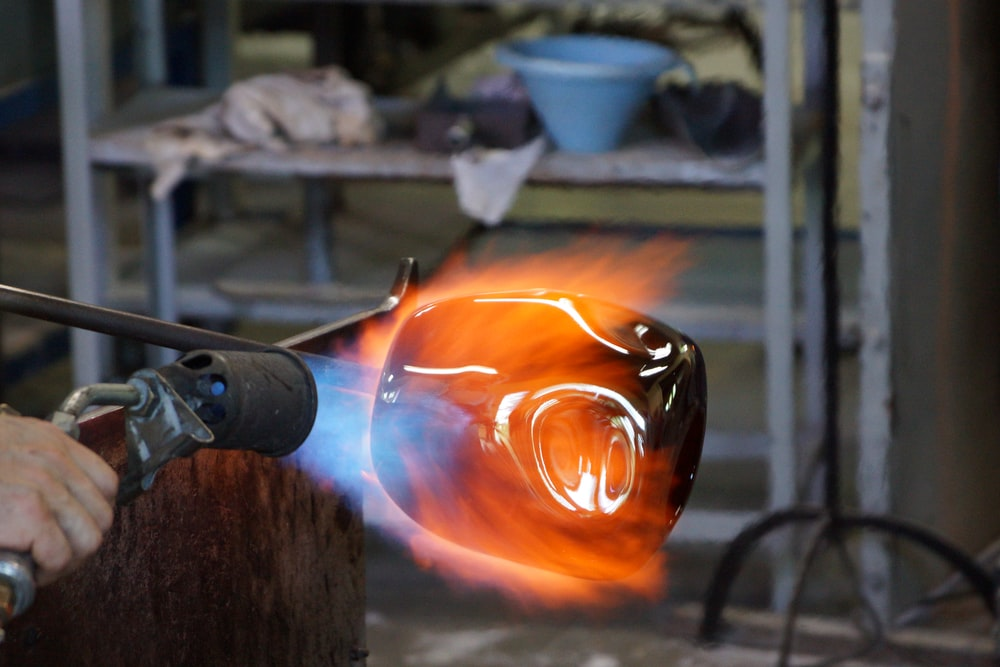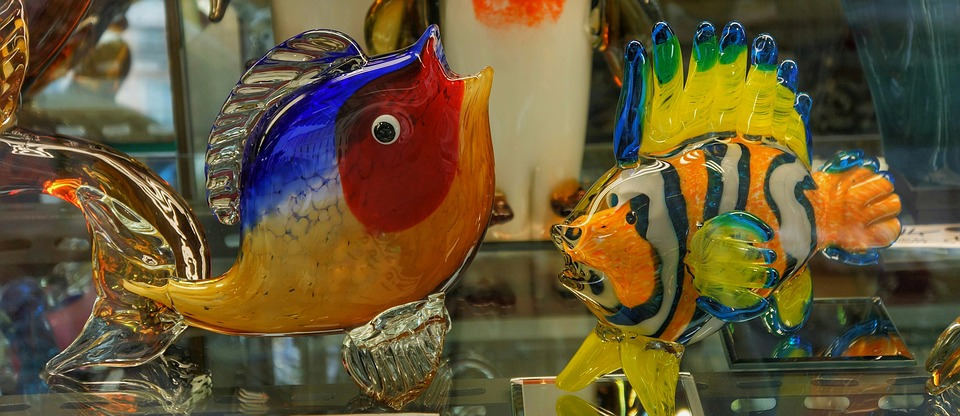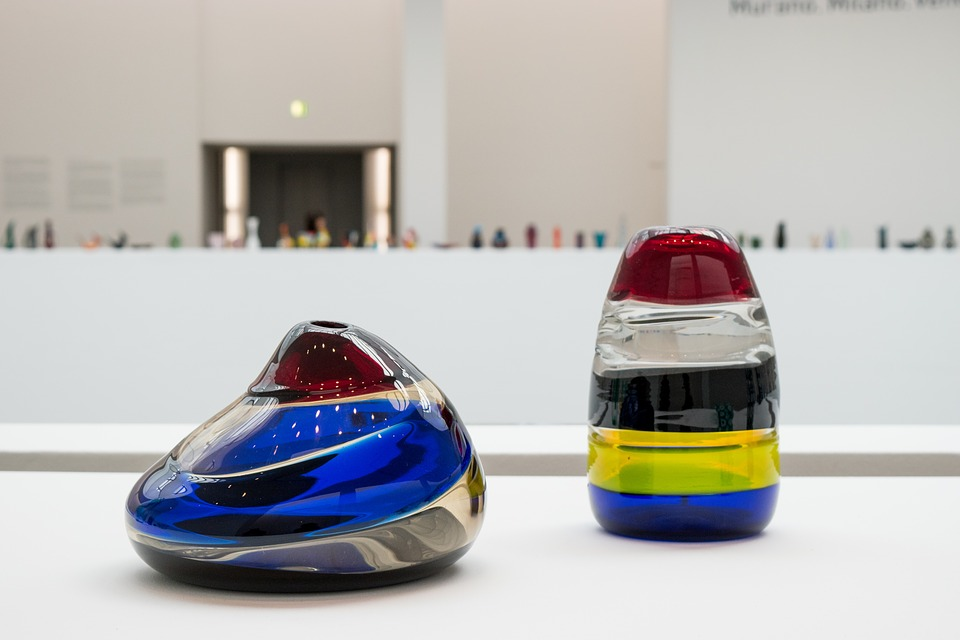Murano has guarded the craft of glass for generations, to the extent that no one was permitted to set sail from Murano without official approval. For generations, the practice has been passed down from father to son, master to apprentice. The heritage of Murano glass-making has evolved in a way that continues to honor the land's authentic traditions and essential traditions. This has ensured that the genuine magnificence and brilliance of Murano's glass creations are preserved to the modern day.
As a result, describing how this work is intriguing is difficult; its portrayal would need focus and understanding. To offer some insight, we're looking into Murano's creations of Murano purists to understand what makes Murano the perfect glass act.
What is Murano Glass?
It's typically formed of soda-lime metal and usually artfully ornamented with various hot glass-forming processes. Since the 13th century, manufacturing has been focused on the Venetian island of Murano.
Murano is most renowned for its artistic glasswork, but it has an ancient legacy of glass-making inventions in addition to its aesthetic distinction.
Murano Glassmaking Process
Mineral sands are melted to a high temperature in the furnace to make glass. The sands are blended in the first step to produce various forms of glass, such as crystal or different hues, such as sapphire color, as well as varied designs to create.
When the temperature approaches this point, the heated minerals combine to produce molten glass. This is the stage where the glass is mixed to get the desired hue. To improve the uniformity of the glass, the furnace temperatures must be reduced to 800 degrees Celsius during the process.
The liquid or molten glass material is then collected at the end of the blowpipe. Several blowing tests are performed to check its elasticity. The helper keeps rolling the blowpipe in the furnace and rotating it to eliminate any excessive waste.
Metal leaf, color pastes, silver or gold leaf, and colored glass can be applied at this stage to give the glass its distinctive color and pattern. The Glass master takes the created molten glass and proceeds to design it with the help of the assistant.
The techniques used in glass-making include:
- Pulling
- Crimping
- Extending (lengthening)
- Cutting
The glassware may need to be warmed and adjusted multiple times according to the piece's design and difficulty. Every creative movement and action creates the ideal design or forms for the glass. Typically, the helper blows and rotates the glass, creating a thin round bubble while the master shapes in the form of a vase or goblet using water-soaked woodblocks.
When the desired design is created, the finished product is placed in a furnace to solidify while slowly lowering the temperature to avoid cracking the glass.
The end process is known as Moleria, which is a sophisticated cold working technique that smooths out faults and embellishes the glass with varied forms. Many glass masters employ cold work to add their imprint and aesthetic flavor to the product.

If you want to buy Murano Glass items, MuranoNet is your best option. We are one of the places to buy Murano glass online and offer only authentic, high-quality Murano Glass products. Our wide range of Murano Glass products includes a hand Blown Glass Pendant Lights, tiffany double pendant necklace, unique corporate gifts, Pacati Drinking Glasse, decorative glass pieces, and a lot more.
Call us today at +39 041 2770822 and get your hands on the best Murano Glass products.




Dejar un comentario
Este sitio está protegido por hCaptcha y se aplican la Política de privacidad de hCaptcha y los Términos del servicio.